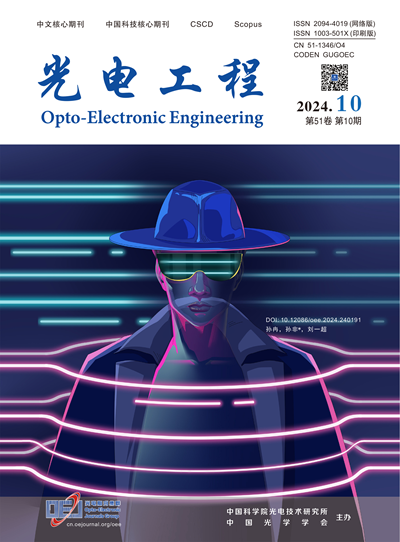基于卷积神经网络的点云和图像融合目标检测
Q3 Engineering
引用次数: 0
摘要
针对无人驾驶应用中物体尺度变化、光照条件复杂、缺乏可靠距离信息等问题,提出了一种基于卷积神经网络的多模态融合目标检测方法。将LiDAR点云映射到图像平面上生成深度图,与RGB图像一起作为输入数据。输入数据也通过滑动窗口进行处理,减少信息丢失。采用两种特征提取网络分别提取图像特征和深度图特征。生成的特征映射通过连接层进行融合。通过位置回归和目标分类对融合后的特征图进行处理,检测目标。采用非最大抑制对检测结果进行优化。在KITTI数据集上的实验结果表明,该方法在各种光照条件下都具有较强的鲁棒性,对小目标的检测尤其有效。与其他方法相比,该方法在检测精度和速度方面具有综合优势。本文章由计算机程序翻译,如有差异,请以英文原文为准。
Fusing point cloud with image for object detection using convolutional neural networks
Addressing on the issues like varying object scale, complicated illumination conditions, and lack of reliable distance information in driverless applications, this paper proposes a multi-modal fusion method for object detection by using convolutional neural networks. The depth map is generated by mapping LiDAR point cloud onto the image plane and taken as input data together with the RGB image. The input data is also processed by the sliding window to reduce information loss. Two feature extracting networks are used to extract features of the image and the depth map respectively. The generated feature maps are fused through a connection layer. The objects are detected by processing the fused feature map through position regression and object classification. Non-maximal suppression is used to optimize the detection results. The experimental results on the KITTI dataset show that the proposed method is robust in various illumination conditions and especially effective on detecting small objects. Compared with other methods, the proposed method exhibits integrated advantages in terms of detection accuracy and speed.
求助全文
通过发布文献求助,成功后即可免费获取论文全文。
去求助
来源期刊

光电工程
Engineering-Electrical and Electronic Engineering
CiteScore
2.00
自引率
0.00%
发文量
6622
期刊介绍:
Founded in 1974, Opto-Electronic Engineering is an academic journal under the supervision of the Chinese Academy of Sciences and co-sponsored by the Institute of Optoelectronic Technology of the Chinese Academy of Sciences (IOTC) and the Optical Society of China (OSC). It is a core journal in Chinese and a core journal in Chinese science and technology, and it is included in domestic and international databases, such as Scopus, CA, CSCD, CNKI, and Wanfang.
Opto-Electronic Engineering is a peer-reviewed journal with subject areas including not only the basic disciplines of optics and electricity, but also engineering research and engineering applications. Optoelectronic Engineering mainly publishes scientific research progress, original results and reviews in the field of optoelectronics, and publishes related topics for hot issues and frontier subjects.
The main directions of the journal include:
- Optical design and optical engineering
- Photovoltaic technology and applications
- Lasers, optical fibres and communications
- Optical materials and photonic devices
- Optical Signal Processing
 求助内容:
求助内容: 应助结果提醒方式:
应助结果提醒方式:


